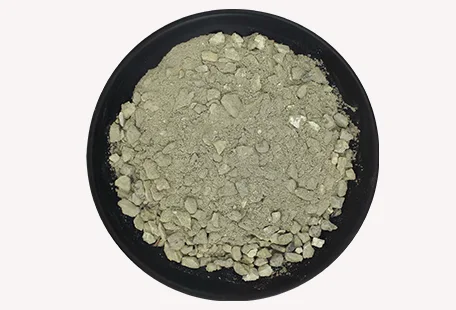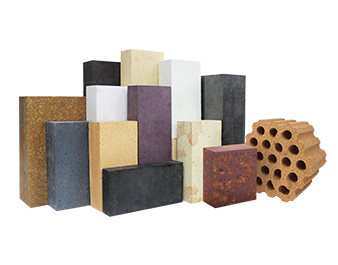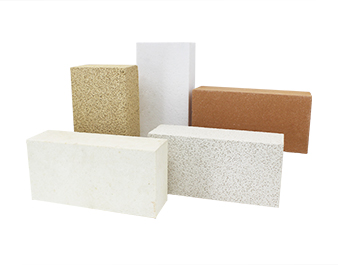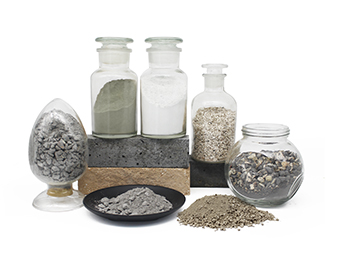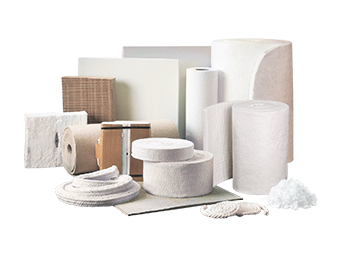In the lining construction of industrial furnaces and high-temperature equipment, castables are widely used due to their ease of construction, good integrity, and durability. Refractory castables and insulating castables are two common types. Although their names are similar and they are often used together in the same furnace lining system, they exhibit distinct differences in performance, applications, and functions, yet are also closely related.
First, in terms of definition and function, refractory castables are primarily used in the working layer to withstand high-temperature flames and mechanical impact, providing heat resistance, corrosion resistance, and equipment protection. Insulating castables are auxiliary layer materials, primarily used to reduce heat loss, lower the temperature of the furnace shell, and provide thermal insulation. Simply put, refractory castables “resist fire,” while insulating castables “insulate heat.”

Second, the two differ significantly in terms of material composition and performance. Refractory castables are primarily made from high-temperature aggregates such as high alumina, corundum, mullite, and silicon carbide. High-alumina cement or low-cement systems are often used as binders. Their refractoriness typically exceeds 1600°C, and they offer high strength, wear resistance, and thermal shock resistance. Thermal insulation castables, on the other hand, utilize lightweight aggregates such as perlite, vermiculite, lightweight quartz crystals, or lightweight mullite. These have lower densities (typically 0.8-1.2 g/cm³) and generally have refractoriness between 1000 and 1300°C. They have low thermal conductivity and excellent insulation, but also lower strength.
Based on their location and construction requirements, refractory castables are typically used as the “working layer” of furnace linings, directly exposed to flames or high-temperature materials, such as in boiler combustion chambers, kiln linings, and ladle linings. Thermal insulation castables, on the other hand, serve as the “insulating layer,” applied behind the working layer to prevent heat conduction and reduce energy loss. During construction, refractory castables require thorough vibration to ensure density, while insulating castables require a controlled water-cement ratio to maintain a porous structure.
Although the two have different uses, they are often used in conjunction and complement each other in actual projects. A reasonable furnace lining structure typically consists of a working layer (refractory castable) and an insulating layer (insulating castable), which both ensures structural strength in high-temperature areas and achieves excellent energy savings.
In general, refractory castables focus on “high-temperature resistance and corrosion resistance,” while insulating castables prioritize “lightweight, thermal insulation, and energy efficiency.” While the two have clear divisions of labor, they are also inextricably linked within the high-temperature industrial energy-saving system, jointly contributing to a safe, efficient, and economical refractory and insulation system.
